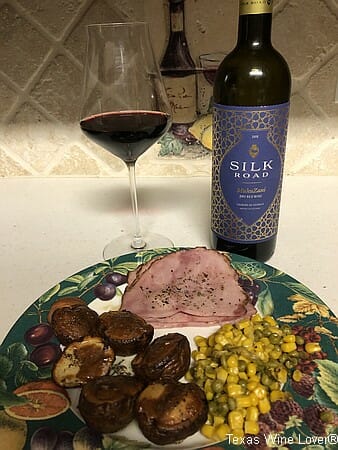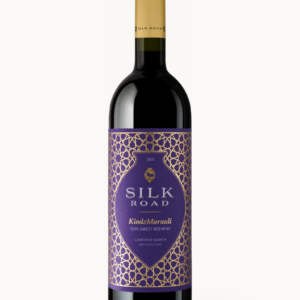
An Introduction to Food and Wine Pairing
Part science and part art, the skill of correctly pairing wine and food can result in delicious outcomes that both enhance the meal and introduce new subtitles to even a familiar wine. Below we will discuss a general introduction to the basics of successful wine pairing.
Painting with the most general brush, the basis of wine pairing can be:
- Red wines pair best with boldly flavored meats (e.g. red meat)
- White wines pair best with light-intensity meats (e.g. fish or chicken)
Now, as you will likely notice, that leaves a large number of delicious foods out, as well as wines that can’t be correctly categorized in the red/white distinction. Let’s dive a bit deeper and look at some guidelines that address the foods that fall outside of the general categories.
Complementary and Congruent Wine Pairing
A less binary approach to pairing is to consider the general taste profile of the food rather than a rigid distinction of its food category. That approach leads to considering wines that are either complimentary or congruent with a food’s (or a meal’s) flavor profile.
A complementary pairing is a taste experience in which the food and wine pairing should be exact opposites to each other.
A congruent pairing, on the other hand, is one in which the food and wine share the same element, such as sweet foods being paired with sweet wines.
As an example, a baked macaroni and cheese dish will predominantly be flavored by its fat and salt. A complimentary wine pairing may be white with high acidity such as Pinot Grigio, Assyrtiko, or our Manavi. A congruent wine pairing will be a white wine with creaminess that will add to the creaminess in the dish.
The goals of every wine pairing are to complement the food by either accentuating its predominant flavor and to bring a new experience to the wine by bringing out what may be otherwise unnoticed subtleties of its flavor and character. As long as you avoid over-powering the food with a wine that is too strong for its flavor profile, or introducing a wine that tastes too bitter or too sweet when paired with the food, your creativity and wine enjoyment will lead you in the right direction.
Bottomline: Always Pick Foods and Wines that You Like
Speaking frankly, the most important element of a good meal paired with good wine is that you like each element of the experience. It is unlikely that you will learn to love a food or a wine that you dislike when it is served alone just because of a particular pairing.
Working with your own taste preferences, and those of your guests is an important element of a successful wine pairing.
How to Look Like an Expert
As an additional resource, each of our website’s wines includes a detailed description of their flavor profile as well as suggested food pairings. Please feel welcome to pursue our suggestion and if you have questions please send them to our wine experts, they will be glad to help!



